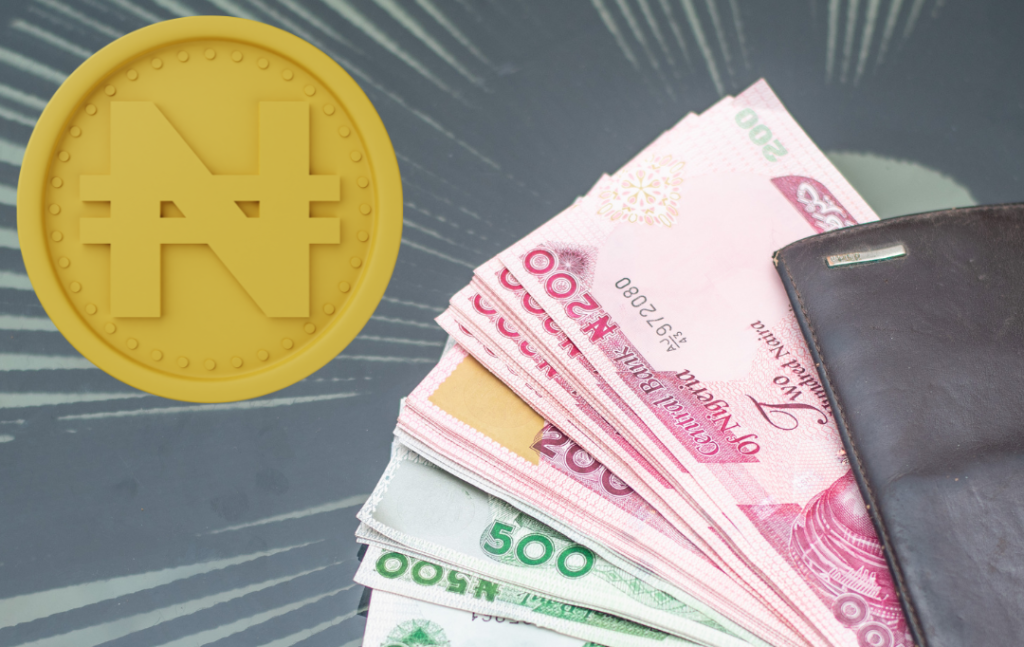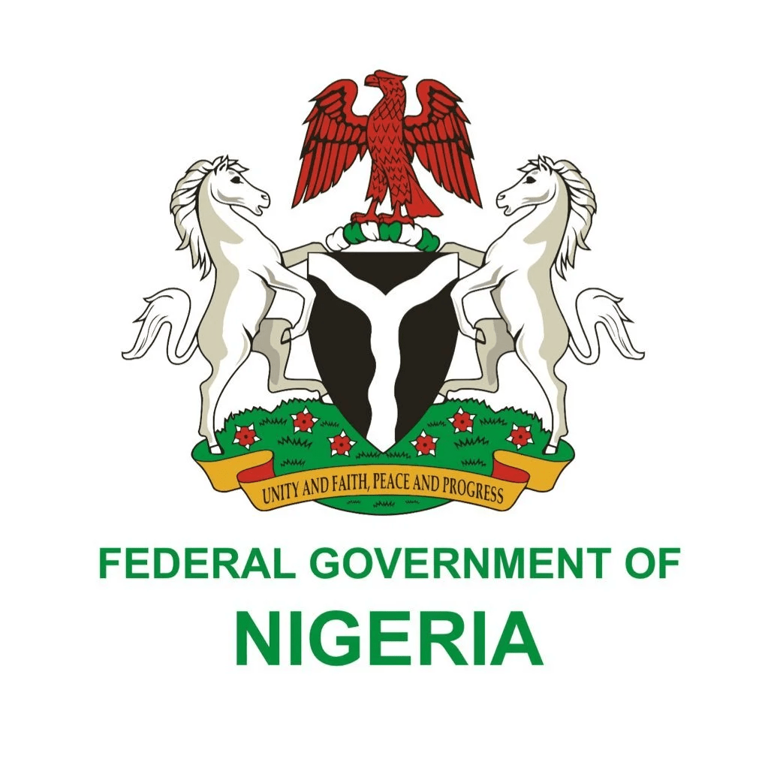Nigeria’s local currency, the naira, has recently been listed among the world’s 10 worst-performing currencies, according to a Bloomberg report. It shares this position with several other African currencies, including the Zambian kwacha and the Angolan kwanza, a reflection of the broader economic difficulties faced by the continent. The situation has been exacerbated by the economic reforms of Nigeria’s President Bola Ahmed Tinubu-led administration and persistent inflationary pressures, which have significantly weakened the purchasing power of Nigerians.
Naira’s Struggles in the Global Market
The naira’s depreciation reached an alarming level in recent months, reversing the gains made earlier this year. On the official market, the naira now trades at N1,603 to the dollar, while on the parallel market, it hit as low as N1,800 to $1. This downturn was prompted by a scarcity of US dollars, which severely strained local businesses and consumers. As of the end of last week, only $84 million was available in the market, half of the previous day’s supply, driving up demand and placing more pressure on the currency.
Economic Reforms and Challenges
Despite the Central Bank of Nigeria (CBN) governor Yemi Cardoso’s earlier claims of the naira being one of the world’s best-performing currencies as of April 2024, recent developments have pushed the naira into a downward spiral. The currency’s depreciation has been attributed to local challenges, including the scarcity of the US dollar and ongoing inflation, which remains high at 33.40% despite a slight drop in headline inflation in July.
The situation has placed additional pressure on the CBN to further raise interest rates in a bid to stabilize the naira. In February and March, the CBN had already increased interest rates by a total of 600 basis points, helping the naira rebound from its March lows of N1,627 to N1,072 in April. However, the current situation may require more aggressive monetary interventions.
The naira is not the only African currency struggling. Zambia’s kwacha and Ghana’s cedi have also hit record lows. The kwacha is currently trading at 27.3969 per dollar, while Ghana’s cedi weakened to 13.99 per dollar. Both countries are grappling with delayed debt restructuring processes, which have reduced capital inflows and placed additional strain on their local currencies.
What’s Next for the Naira and African Currencies?
As Nigeria’s economic woes continue, all eyes are on the Central Bank’s next policy moves. A further interest rate hike seems likely, but whether this will stabilize the naira or further exacerbate inflation remains to be seen. Meanwhile, other African currencies are likely to face similar challenges until global economic conditions improve and debt restructuring negotiations in Zambia and Ghana are concluded.
For now, the naira, along with other African currencies, faces immense pressure due to a combination of local economic challenges and global currency trends. The next few months will be critical for the Central Bank of Nigeria and other African economies as they navigate these turbulent times.




